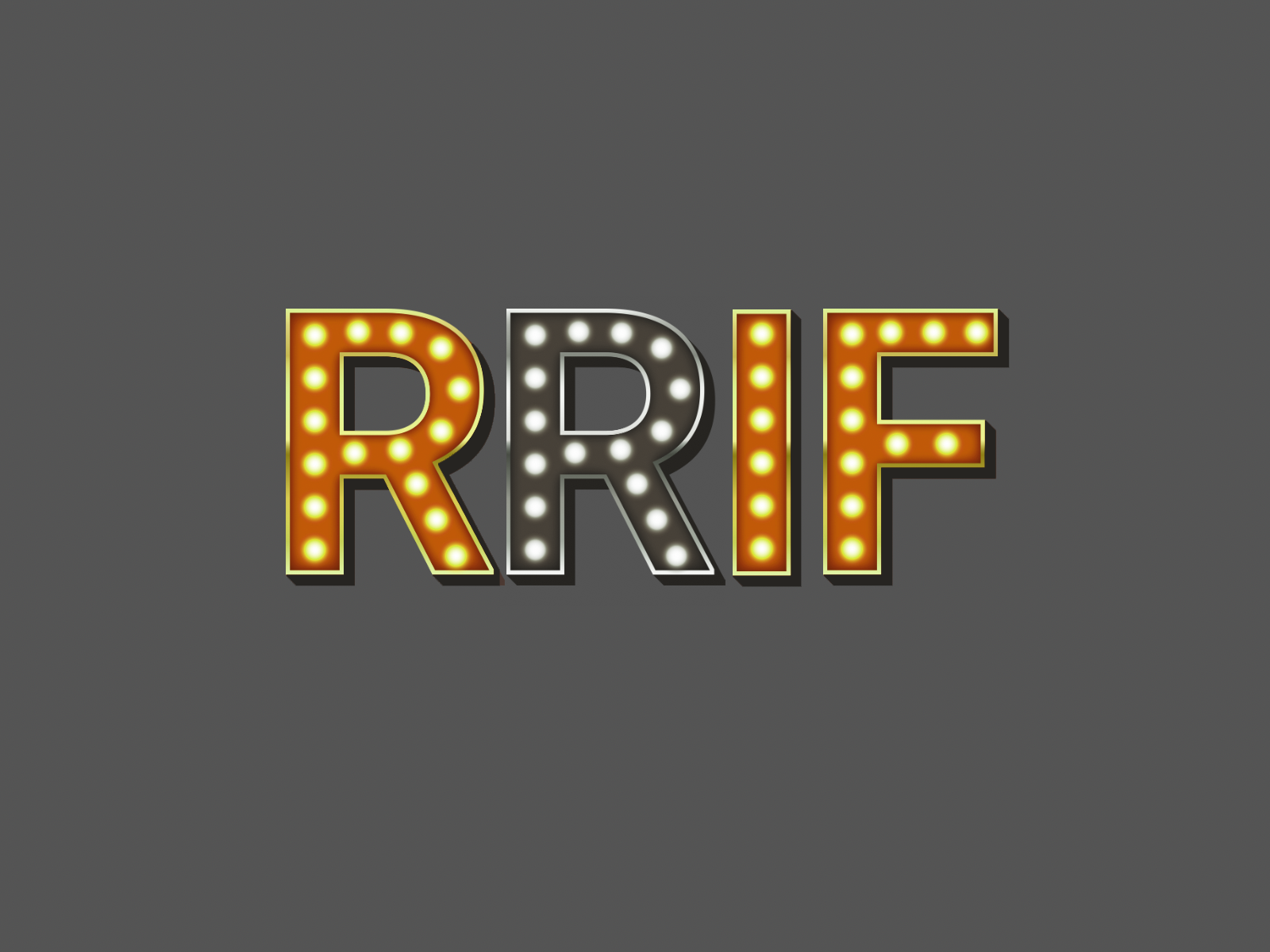What is a RIF?
After years of diligently saving in your RSP, there comes a time when you need to turn that nest egg into a steady stream of income. That’s where a Registered Retirement Income Fund (RRIF) — called a RIF at Tangerine — comes in. It’s a popular option for Canadians transitioning into retirement, allowing you to withdraw taxable income over time. While the funds inside a RIF can continue to grow tax-deferred, withdrawals are required each year and are fully taxable.
By December 31 of the year you turn 71, you must choose one of three options:
- Cash out your RSP (which means the funds are treated as taxable income),
- convert your RSP to an annuity, or
- convert your RSP into a RIF.

How do RIFs work?
Think of a RIF as the sequel to your RSP — only now the focus shifts from saving to spending. While a RIF can still hold the same types of investments as an RSP, its main purpose is to convert those retirement savings into a stream of taxable income.
Once your RSP is converted into a RIF, you’re required to withdraw a minimum amount each year based on your age. These withdrawals are fully taxable, and in most cases, the account balance will gradually shrink over time. That said, any remaining investments in the RIF can continue to grow on a tax-deferred basis, which can help offset some of the impact of regular withdrawals.
RIFs are designed to provide flexibility and predictability in retirement. You choose how your money is invested and when (or how much beyond the minimum) you withdraw, giving you some control over your retirement cash flow and taxes.
Making the conversion from RSP to RIF
Converting your RSP into a RIF is a tax-free process. You'll only pay taxes on the withdrawals from the RIF, not the transfer itself.
Here are some things to consider when you're starting the conversion process:
- Choose the right time: You can convert your RSP into an RIF at any time, but it must happen by the end of the calendar year you turn 71. Many Canadians delay this conversion to maximize the growth potential of their investments.
- Transferring assets is easy: Your RSP investments (such as mutual funds, stocks, bonds, or GICs) usually transfer "in kind," meaning you won't need to sell your investments, and the transfer itself does not trigger taxes.
- You have to follow the withdrawal requirements: Once your RIF is set up, you must start taking annual withdrawals the following year. The minimum amount you must withdraw is determined by government-set percentages based on your age (or your spouse's age if they're younger).
For example, here are some guidelines from the CRA:
| Age | Withdrawal % |
|---|---|
| 50 | 2.50% |
| 55 | 2.86% |
| 60 | 3.33% |
| 65 | 4.00% |
| 70 | 5.00% |
| 75 | 5.82% |
| 80 | 6.82% |
| 85 | 8.51% |
| 90 | 11.92% |
| 95 | 20.00% |
Here are some important factors you should consider before converting to a RIF.
- How much annual income you expect to need
- Other sources of income
- Potential tax implications for withdrawals exceeding the minimum required amount
- Whether using your younger spouse's age could reduce your minimum withdrawals
Tangerine offers some great options with RIF Investment Funds, RIF Guaranteed Investments (GICs), and a RIF Savings Account.
Setting aside money for future you can be a breeze
Our simple RSP options make it easy to build your retirement nest egg.
RIF rules and requirements
Understanding key RIF rules can help maximize your retirement savings. The minimum withdrawal starts at 5.40% of your RIF balance at age 72 and increases as you age. This requirement ensures that RIF funds are gradually taxed over time.
Based on your income needs and tax planning, you can set withdrawals to monthly, quarterly, semi-annual, or annual intervals.
Withdrawals from RIFs are considered taxable income. There is no withholding tax on minimum withdrawals (of course, it's still considered taxable income, so keep this in mind when you file your taxes), but any amount above the minimum will have taxes withheld at the source even though you're likely to be in a lower tax bracket than you were pre-retirement (10% for withdrawals up to $5,000, 20% for withdrawals between $5,001 and $15,000, and 30% for withdrawals above $15,000).
If your spouse is younger than you, you can use their age to calculate minimum withdrawals. This effectively reduces the required annual withdrawal, allowing more funds to remain tax-deferred.
Benefits of RIFs
RIFs offer multiple financial planning advantages:
- Continued tax deferral: Growth in a RIF is tax-free until funds are withdrawn.
- Withdrawal flexibility: You control the withdrawal amounts above the minimum, allowing you to manage your retirement income and tax liabilities in the way that works best for you.
- Investment control: You have complete control over investment decisions within your RIF, allowing you to tailor your portfolio based on your risk tolerance and retirement goals.
- Estate and inheritance planning: RIF balances can be transferred tax-free to your spouse upon death, and remaining funds can bypass probate if beneficiaries are named, streamlining estate planning.
Common RIF pitfalls to avoid
To make the most of your RIF, it's crucial to avoid common pitfalls:
- Ignoring withdrawal strategies: Simply taking the minimum required withdrawal each year might seem like the easiest option, but it can lead to higher lifetime taxes. Why? Because minimum withdrawals are quite low in your early 70s, which might leave more of your RIF intact — and growing — into your 80s and beyond, when withdrawals become larger and potentially push you into a higher tax bracket.
- Higher taxes on final estate: It can also create a hefty tax bill for your estate. For example, if you pass away with a large RIF balance and no surviving spouse, the entire remaining value is treated as income on your final tax return. A $500,000 RIF could push your estate into the highest tax bracket, resulting in nearly half being lost to taxes. With proper planning, drawing more than the minimum in earlier years could reduce your overall tax burden and leave more for your heirs.
- Neglecting investment adjustments: Now that you are relying on your savings for income, your investment strategy may change. Not adjusting your RIF investments over time can expose you to unnecessary risk if markets fall or, on the flip side, overly conservative investments that fail to keep pace with inflation.
- Mismanaging withdrawals: Failing to carefully plan and monitor your withdrawals can rapidly deplete your retirement savings or incur unexpected tax penalties.
Retirement income options at a glance
When it’s time to start drawing income from your retirement savings, there are three main options to consider:
- Registered Retirement Income Fund (RRIF): A flexible option that lets you keep your investments and draw income as needed (with annual minimums).
- Life Income Fund (LIF): Similar to a RRIF but designed for locked-in pension funds, with both minimum and maximum withdrawal rules.
- Annuity: An insurance product that turns your savings into guaranteed payments for life (or a fixed term), removing investment and longevity risk.
Comparing RRIFs, LIFs, and Annuities
Feature |
Explanation |
RRIF |
LIF |
Annuity |
|---|---|---|---|---|
Withdrawal Rules |
Are there minimum or maximum amounts you must take out each year? |
Minimum only. No maximum withdrawal limit. |
Minimum and maximum withdrawals each year. |
Fixed payments based on the contract. |
Investment Control |
Do you choose and manage your investments? |
Yes — you maintain control over investments. |
Yes — some investment flexibility. |
No — insurance company manages everything. |
Income Guarantee |
Are your payments predictable and protected from market declines? |
No — depends on market performance. |
No — depends on market performance. |
Yes — payments are guaranteed. |
Market Risk |
Can your investments lose value due to market downturns? |
Yes — value fluctuates with the market. |
Yes — same as RRIF. |
No — payments are unaffected by markets. |
Longevity Risk |
Is there a chance you’ll run out of money if you live a long time? |
Yes — withdrawals may deplete the account. |
Yes — especially if withdrawals are near the maximum. |
No — lifetime annuities pay as long as you live. |
Estate Value at Death |
What happens to any remaining funds when you pass away? |
Remainder goes to beneficiaries (taxable). |
Same as RRIF. |
May pay a residual amount depending on contract terms. |
Getting started with a RIF Account at Tangerine
Tangerine offers a diverse range of RIF options tailored to your needs, including Investment Fund portfolios, GICs, and a Savings Account option. You can customize a withdrawal schedule that best fits your retirement lifestyle and financial goals.
Tangerine simplifies retirement income management, making your transition from RSP to RIF seamless and stress-free!
Explore Tangerine's RIF options today.

